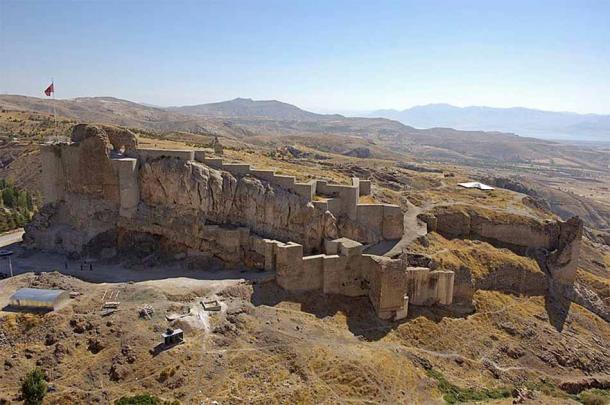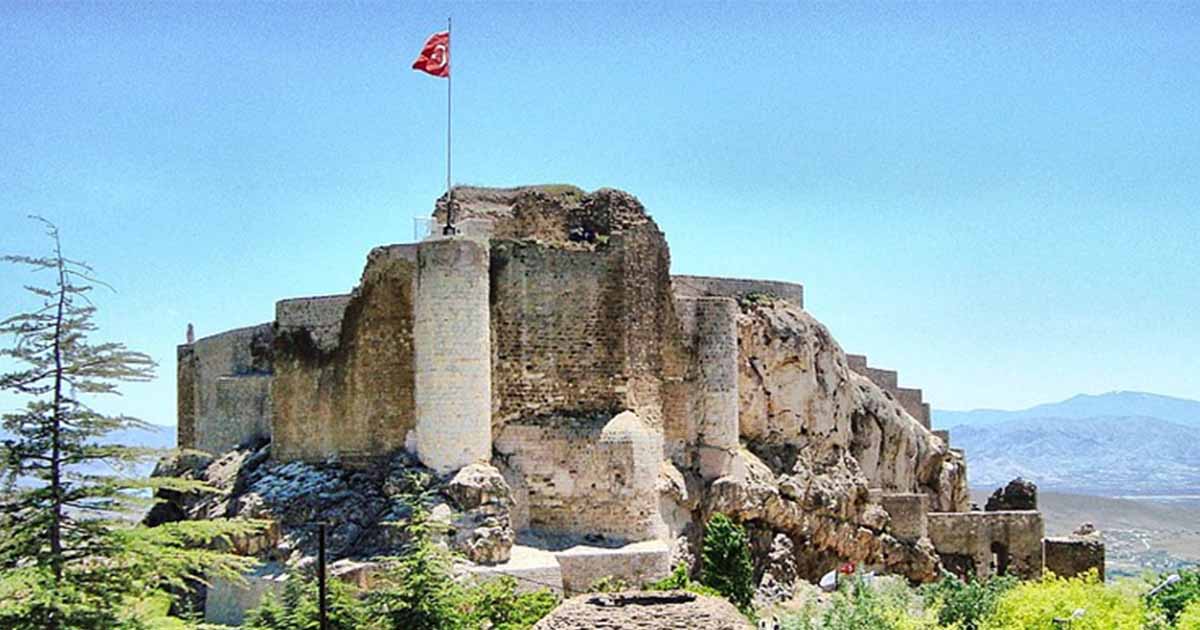2500-Year-Old Technology and an Ancient Kitchen Unearthed at Harput Castle
Harput Castle has long stood as an emblem of Anatolia's rich tapestry of history. A gem nestled in Turkey's landscape, its enigmatic walls and remnants have many tales to tell, and recent excavations are revealing stories, one artifact at a time. From the discovery of a 1,000-year-old palace kitchen to an intricate 2,500-year-old water cistern, archaeologists and historians are piecing together episodes of a bygone era.
Anatolia’s Deep Legacy
Anatolia has been the epicenter of various empires, trade routes, and cultures. Its geographic location bridged the East with the West, making it a melting pot of customs, beliefs, and innovations. Harput Castle, located in this historic heartland, embodies this meeting of histories.
Reporting on the recent finds, Daily Sabah emphasized the significance of the site, referring to Anatolia's "deep history." This moniker is not just a poetic description but a testament to the many layers of history that the region holds.
Daily Sabah quote the head of the excavation, Ismail Aytaç, describing the deep history of the site:
"Harput Castle boasts a continuous settlement history dating back to 3000 BC, reaching until the AD 1900s. Known as the starting point of life in Harput, the castle is not only a regional but also a societal structure housing numerous cultural assets beyond what is known. As a former garrison, it contains many yet undiscovered historical elements, such as hidden passages, dungeons, walls and religious centers."
- Necropolis in Turkey Reveals the Iron Age Burial Customs of the Urartu
- Who Were the Enigmatic Urartian Gods?

Some of the many, multi-era artifacts found during the Harput Castle excavations, Elazığ, Türkiye. (Photo courtesy of Eti Bakır)
Feasting Facilities Found in Harput Castle
One such element brought to light by recent excavations, recently reported by Anadolu Agency, is a 1,000-year-old palace kitchen including seven tandoor ovens and the remains of pots, pans, and other utensils giving an impression of a bustling kitchen, possibly preparing feasts for the elite. This offers a window into the daily lives of royalty and their courtiers, and hints at the richness of the culinary culture, suggesting a blend of tastes influenced by the multiple civilizations that crisscrossed Anatolia.
Another unusual item found in the kitchen was a catapult cannonball. Bizarrely, this ties in with an account by 13th century historian, İbni Bibi, which records how a cannonball landed in a tandoor during the 1234 AD siege of the castle by Seljuk Sultan Alaaddin Keykubad. It has been suggested that this cannonball could actually be the same one as appears in the İbni Bibi record.
- 5,000-Year-Old Anatolian Sword Was Discovered on Venetian Island
- The Great Erebuni of the Urartian Kingdom: Fortress of Blood

Harput Castle arial view showing its full length. (CC BY-SA 4.0)
Engineering Marvels of The Past
The latest addition to the list of discoveries is an intricate 2,500-year-old water cistern, along with a more modern metal workshop dating to 700 years ago – relatively recent in the long history of this fortified edifice.
Detailed in the Hurriyet Daily News, the water system underscores the advanced technological prowess of the ancient inhabitants of the site of the castle. Water, the lifeblood of any settlement, was stored and distributed using systems that were both functional and architecturally elegant. The authorities plan to promote and display this ancient marvel, making clear its significance not only as a historical artifact but also as a feat of ancient engineering.
The Historical Fabric of Harput Castle
To truly appreciate these discoveries, one must delve into Harput Castle's backdrop. Its strategic position offered both military advantage and a vantage point over the trade routes. Throughout the several millennia of its history, Harput Castle witnessed the rise and fall of many empires, from the Urartians who built the first fortress here, to the Romans and later the Byzantines, Seljuks, and Ottomans. Each of these powers left an indelible mark on the castle, transforming it and adding to its rich tapestry of history.
The ongoing archaeological efforts provide a deeper understanding of these transitions. The uncovered artifacts, architecture, and structures, such as the palace kitchen and water cistern described above, showcase the evolution of the region, reflecting both the changes and continuities across millennia.
Harput Castle's enduring appeal lies not just in its ancient stones and structures but in its stories. As the excavations continue, each layer unraveled offers a richer, more intricate tale of Anatolia's past. For modern-day visitors, the castle promises a journey through time, providing a tangible connection to the epochs gone by.
With researchers and archaeologists continuing their painstaking work, there's immense anticipation about the further historical jewels that Harput Castle may yet yield. For now, it stands as a testament to Turkey's historical grandeur, a beacon drawing history enthusiasts, researchers, and tourists alike.
Top image: Harput Castle, Elazig, Turkey. Source: CC BY-SA 3.0
By Gary Manners

















